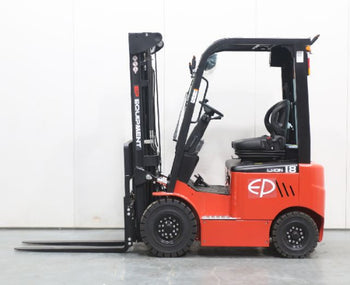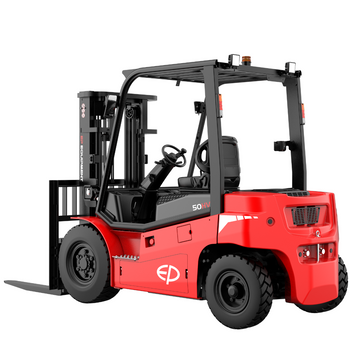The lithium-ion revolution in material handling is accelerating, with trends to watch in 2025 and beyond. What was once a niche alternative is now the gold standard for powering forklifts and other equipment. This shift represents a fundamental change in efficiency, sustainability, and operational agility.
The transition from traditional lead-acid to lithium-ion is driven by superior performance. Lithium-ion batteries offer faster charging times, a longer lifespan, and greater energy efficiency. They are virtually maintenance-free, can be opportunity-charged during breaks, and provide consistent power throughout the discharge cycle. This not only increases productivity and reduces downtime but also frees up valuable facility space previously used for charging rooms.
The higher upfront cost of lithium-ion batteries is offset by a lower total cost of ownership. Businesses benefit from reduced labor costs, energy savings, and enhanced uptime, which can allow for a smaller overall fleet size.
Operational agility is also significantly enhanced. Rapid charging—achieving an 80% charge in one to two hours—and the ability to opportunity-charge eliminate the need for time-consuming battery swaps. For multi-shift operations, this means 24/7 productivity with a single battery.
Key innovations are also defining the future of lithium-ion forklifts:
Higher Energy Density and Faster Charging
Innovations in solid-state battery technology are emerging, promising to store up to three times more energy than current lithium-ion batteries. This breakthrough will lead to significantly longer run times and enhanced safety due to the absence of liquid electrolytes.
The integration of smart Battery Management Systems (BMS) is no longer optional. These systems actively monitor every cell, enhancing safety by preventing thermal runaway, extending battery lifespan, and enabling predictive maintenance through data logging.

Automation and Connectivity
Forklifts are becoming "data centers on wheels" through the integration of IoT and telematics systems. This technology provides real-time data on location, run time, and operator behavior, offering unprecedented visibility for optimising fleet size and improving safety.
Advanced data analytics transform this raw data into strategic insights, enabling predictive maintenance and targeted operator training.
Operator Ergonomics and Safety
The compact design of lithium-ion batteries allows for more ergonomic operator compartments with wider views and less noise.
Advanced safety features are also being integrated, including collision avoidance systems, automatic speed control, and proximity sensors, creating a more proactive safety ecosystem.

Sustainability and Circular Economy
Lithium-ion forklifts are central to sustainability initiatives. They produce zero emissions and are up to 50% more energy efficient than lead-acid batteries.
The industry is also focusing on end-of-life solutions like battery recycling and second-life applications. The global recycling industry is expanding, driven by the demand for critical battery metals and the need to manage used batteries responsibly. This focus contributes to a circular economy, which extends battery lifespan and reduces waste.
The global market for lithium-ion forklifts is projected to grow significantly. The Asia-Pacific region is set to dominate, fueled by rapid industrialization and supportive government policies. North America and Europe are also key growth drivers due to broad electrification and stringent environmental regulations.
For businesses, the message is clear: the future is electric, intelligent, and sustainable. Proactive adoption of these trends is a strategic imperative that promises to enhance efficiency, elevate safety, and reduce long-term costs.





